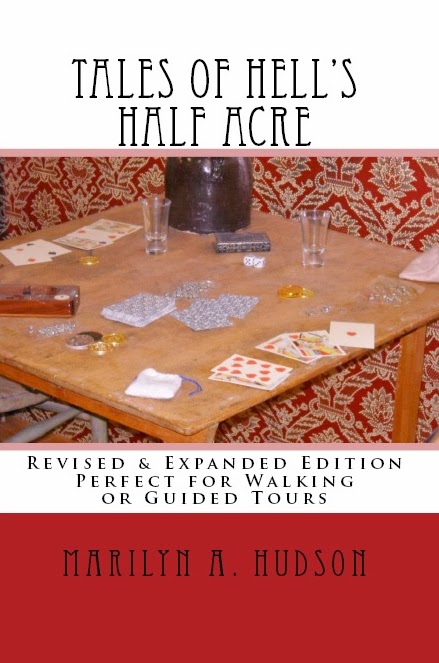The urban legend, folklore, and sometimes out right 'fakelore' of the numerous Cry Baby Bridges across the country is only a little less mysterious than the tendency of devotees to insist 'their' bridge is the 'real' one.
Most folklorists located the earliest tales in Maryland, Ohio, Illinois, and New Jersey to the 1920's-30's. A couple of places even suggest a WW 1 dating for their story. The story apparently gained new energy in the 1950's and by the advent of the Internet in the 1990's every place was spouting their own bridge!
As an example of an urban legend - a short tale with supernatural overtones - which cannot be proved due to their hallmark total lack of facts - it is unsurpassed.
The strong sociological components of the legend make it clear it is a morality tale derived from concerns in society of their changing moral climate, a perceived crass disregard for life, and the sure judgement for those who transgress against society's norms.

The most common elements are a woman (sometimes a couple) are crossing a bridge, it is raining/snowing/ or they are speeding/fighting or the woman (or the couple) are so consumed by depression/guilt/shame/madness that they have an accident/fling the baby off the bridge/ lose the baby in the night. As a result, the cries of the baby/woman/both can be heard in that spot for years afterward.
The BRIDGE - what better symbol for the transition of the youthful person from the innocence of youth and the awareness of maturity?
The BABY - symbol of the product of careless disregard of the social norms and the product of acting outside approved boundaries? A symbol of the future being thrown away?
The RAIN/SNOW/FIGHT - The crisis point following the realization of an error in judgement may have consequences we are unprepared to face.
The CRIES - the symbol of guilt and the sure awareness that sins and failures cannot be hid. They will haunt us, draw us back, and make us pay.
Many folklorists, myself included, believe the story emerged from the Pre-WW1 to Post WW1 era known as the 'roaring 20's'. It was a time of great concern for many as old customs, manners, values, and norms were being eradicated as a new generation took over. The automobile made it easy for young people to get in trouble via speeding, driving farther afield, promiscuity, drinking, and other 'wanton' behaviors. Youth were often cautioned about 'burning their bridges' or making a decision they could not undue. Having a baby was a classic example. If A (adolescence) + B (behaviors) = C (consequences), well the result was the Crybaby Bridge!
Like its companion legend of "Resurrection Mary", with its underlying theme that if the girl had stayed home like a 'good girl' she would still be alive, the Crybaby Bridge tales also carry the underlying theme that conduct was important and had consequences.
So far, no newspaper, book, or oral history collections have unearthed any version of the tale of a Crybaby Bridge earlier than about 1917 (here). "Resurrection Mary", by contrast, is considered sub-genre to the 'Vanishing Hitchhicker' motif and there is some evidence that the VH can be traced back to the post-Civil War.
The Crybaby Bridge motif is most probably an early 20th century invention to convey moral values, warn of sexual indiscretion, and safeguard human life.


